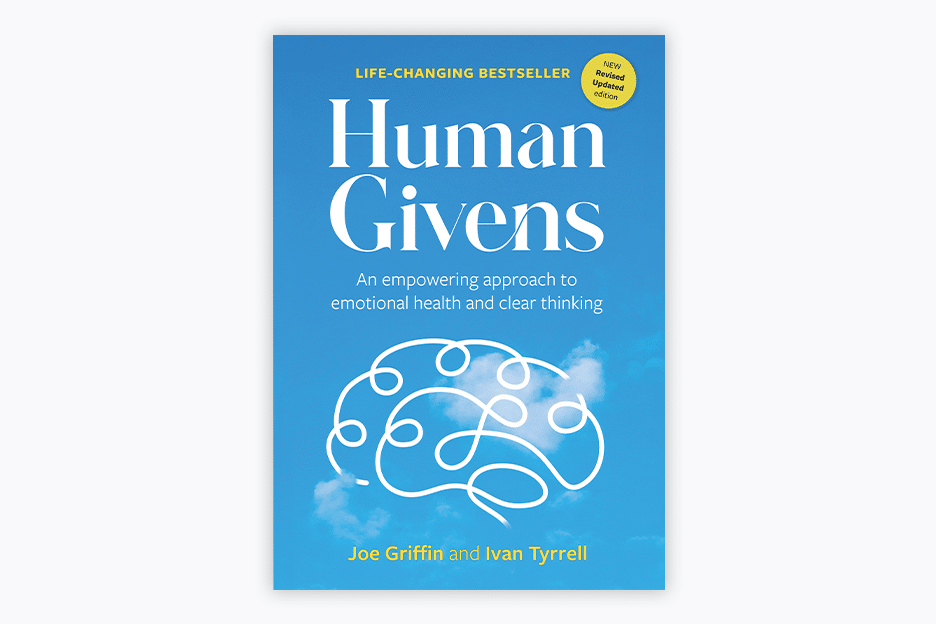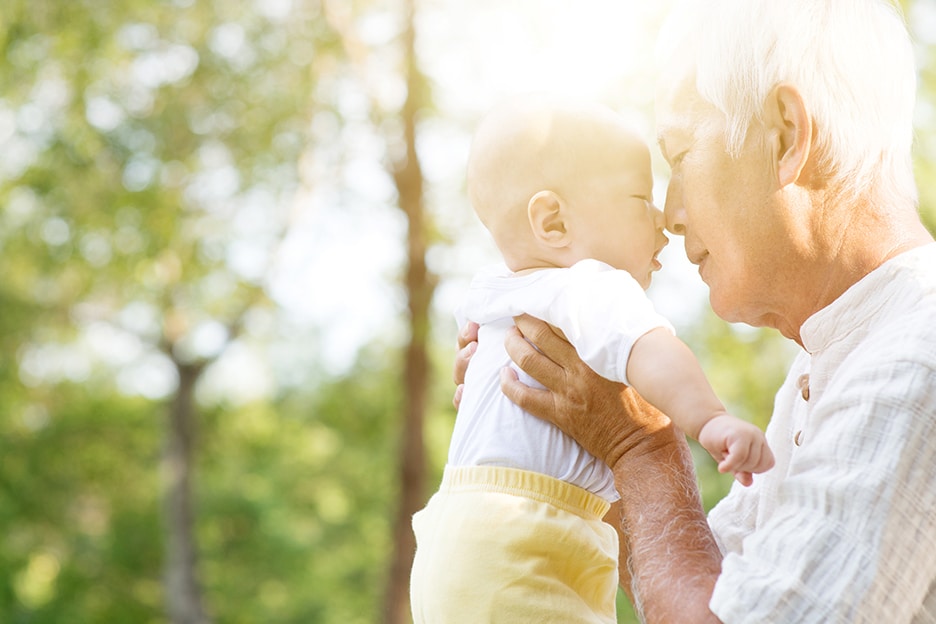How We Know Human Givens Therapy Works
We now have real-world evidence that ticks every box of NICE’s stringent criteria
Key points:
- It is important to get strong evidence that specific psychotherapies are effective
- This can be hard to do, as standard trials are expensive to run and not always suitable for purpose
- So it is welcome that the National Institute for Clinical and Health Excellence (NICE) now endorses real-world evidence
- A practice-based study of human givens therapy with veterans and their families meets every one of NICE’s stringent criteria for real-world evidence – with impressive results.
“My husband wants to know how we can be sure this has worked,” says Ellen.
I regard her as she sits comfortably opposite me, body relaxed, eyes sparkling, hair gleaming and mood vivacious – light years away from the depressed, tense, somewhat unkempt person who first came to see me a month previously.
I was reminded of an anecdote that Ivan Tyrrell, co-founder of the human givens approach, used to tell about the day when, at a training session on our rewind detraumatisation technique, someone who had shaken with terror when describing their lifelong claustrophobia had, after a 30 minute-treatment, gone up and down alone in the training centre lift and was witnessed emerging with a beam from ear to ear.
“This is all very well,” bleated a doctor who was watching, “But how do we know this method works?”
Sometimes people ask these questions in the face of impressive proof because they really mean, as Ellen’s husband probably did, “How can we be sure the problem won’t come back again?” Thrilled as he no doubt was to have his lively, lovely wife back, he was frightened of recurrence.
Depression, compulsive behaviour, and so on are vulnerabilities and thus very likely to come back, if life gets too stressful. Human givens practitioners teach clients to be alert to that; to view the stirrings of old symptoms as a message that certain important needs are not being met; and to look to fix those, while applying the powerful coping techniques we have shown them.
But the doctor who queried the curing of the lift phobia more likely wanted to know whether there was statistical evidence to support the method; that it was definitely not a one-off success but something shown to be reliable over very many applications.
Understandably, before interventions can be advocated widely, there has to be measurable evidence. Randomised controlled trials (RCTs) are still the gold standard, Developed initially to test new drugs against older versions, RCTs in psychotherapy require a ‘treatment group’ to be compared with a ‘control group’ – a similar group of people who, most commonly, are merely followed up while they remain on a waiting list. Sadly, most therapy providers can’t manage that.




